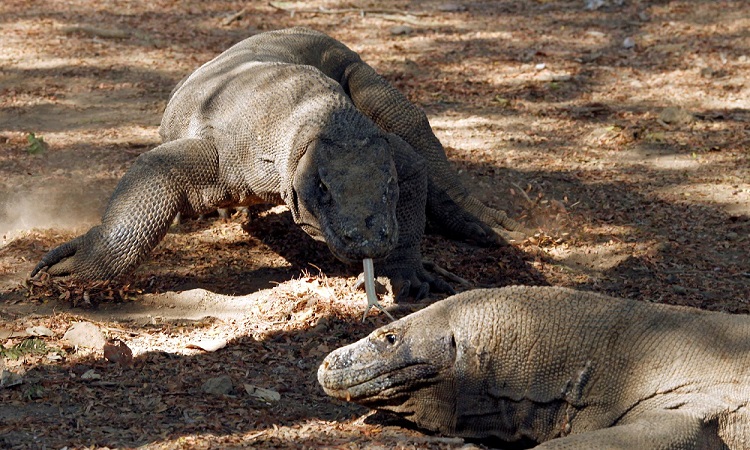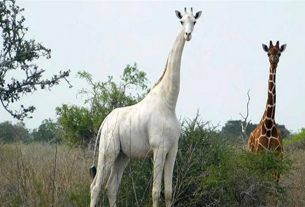Scientists from California have presented for the first time this Monday the genome of the Komodo dragon, the world’s most giant lizard, which despite being cold-blooded can adapt its metabolism in a very similar way to mammals, which It gives you high speed.
By analyzing their genetic configuration by studying their DNA, researchers from the University of California at San Francisco (UCSF) were able to establish the first high-resolution sequence of the Komodo and establish how it has evolved.
The scientists found several genes related to the function of mitochondria, “the energy power centers of cells,” which control the quality of the function of the heart and other muscles.
Unlike other types of lizards that “quickly become exhausted after physical efforts, Komodo dragons can perform strong aerobic activity, including swimming, running, or walking long distances,” the report said.
“We started this project nine years ago to see how its genomes have evolved, but to do so we needed the genome sequence first,” said Benoit Bruneau, principal investigator at Gladstone, a UCSF affiliated Institute.
“At that time other groups had made a sequence of the genome of the turtle, the snake, and the birds, and the genome of the crocodile was in process, but the lost branch was that of the varánid lizards, the family to which the dragons of Komodo, “Bruneau noted.
Together with the Gladstone Institutes of Northern California, UCSF researchers studied the DNA of two of these lizards at the Atlanta Zoo, including blood samples taken during their annual checkups, with the support of scientists at this center.
They used multiple technologies – “including a high-ranking sequence and a physical mapping technique to make the assembly” – and were able to obtain a “super deep and very high-quality sequence” from the Komodo.
Next, they looked for differences in their genetic configuration that could have helped them adapt to the environment. “Our analyses showed that in Komodo dragons many of the genes that participate in the way cells produce and use energy have changed rapidly to increase the aerobic capacity of these lizards,” said Abigail Lind, a postdoctoral researcher, and co-author. of the study.
With these changes, the Komodo have managed to have a mammalian-like metabolism that has allowed them to overcome their initial low resistance to stress setting.
“Our study shows that the secret lies in these mitochondrial adaptations that increase cardiac outcomes. This allowed us to understand how these animals were able to do everything we had observed,” said Joseph R. Mendelson, director of research at Atlanta zoo.
The Komodo dragon is a variety of Varano, a species of lizards between 10 inches and 9 feet long that inhabit the tropical regions of Africa, Asia, and Oceania.
Descendants of Pleistocene animals up to 23 feet long, its biggest representative today is the iconic Komodo dragon, a poisonous up to 10 feet long and about 155 pounds in weight.
The study on these large reptiles was published today by the scientific journal Nature Ecology & Evolution.




